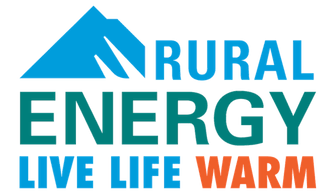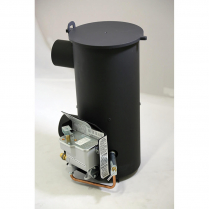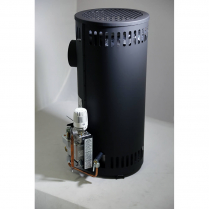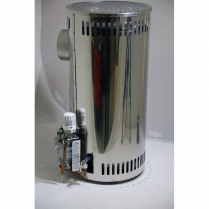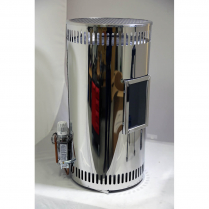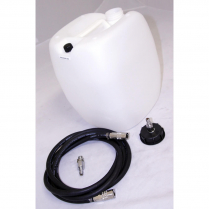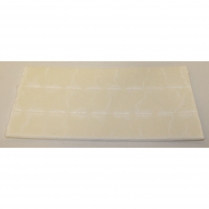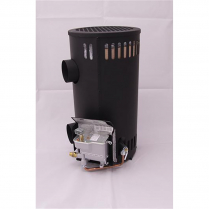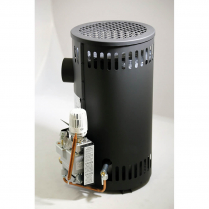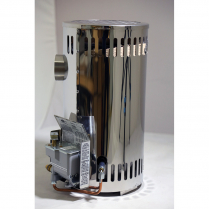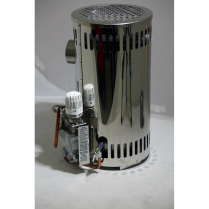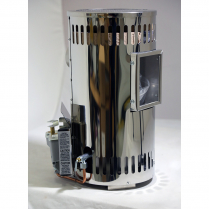Non-electric oil stoves are a great option for homes that are off-grid or that experience frequent power outages. They are also a good choice for homes that need backup heat during cold weather.
Heating oil is a highly efficient and cost-effective heating fuel. It produces more heat per gallon than other popular fuels like natural gas and propane, which means that homeowners can heat their homes with less oil. This can lead to significant savings on heating bills.
In addition to its efficiency, heating oil offers widespread availability, reliability, and comfort, making it an advantageous choice for heating purposes. One of the notable advantages is the ease of finding heating oil suppliers, even in rural areas. Moreover, heating oil is a dependable fuel option as it remains unaffected by price fluctuations experienced by other fuel types, like natural gas, enabling more predictable heating cost budgeting. Additionally, heating oil provides a superior level of comfort by generating higher heat output compared to alternative fuels, ensuring swift and efficient warming of your home during the winter season. Collectively, the efficiency, reliability, and comfort offered by heating oil make it a highly recommended option for residential heating needs. When considering heating options for your home, heating oil is certainly worth serious consideration.
Non-Electric equipment solutions in our catalog include products from the leading brand NordicStove.
Whether you need 6,000 BTU for a small cabin or something more powerful such as a 40,000 BTU for something larger, we have everything in between to fit those needs.
